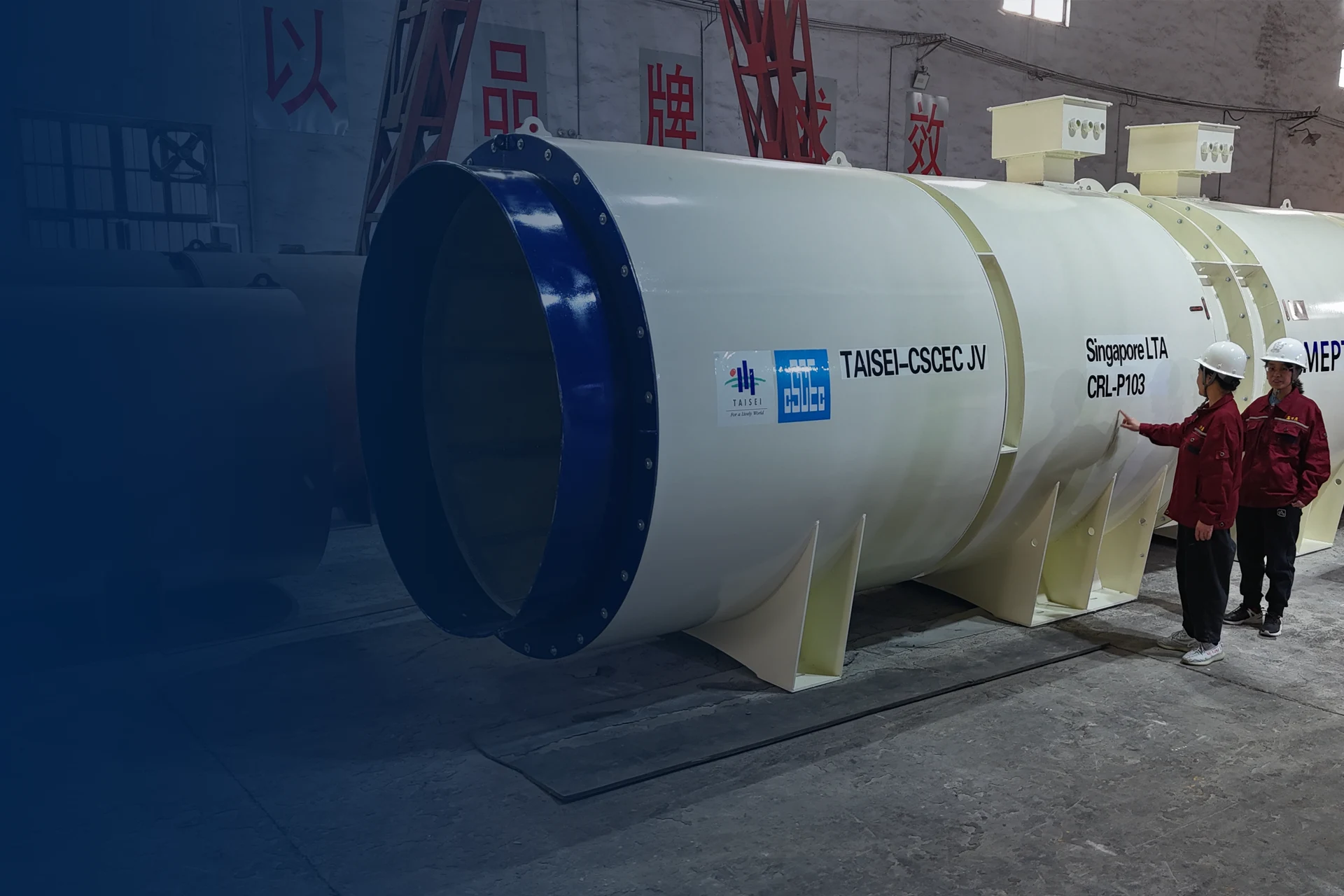To properly maintain the impeller of a high-temperature and high-pressure blower, the following steps should be taken: 1. **Regular Inspection**: Frequently check the impeller for any signs of wear, damage, or corrosion. Look for cracks or deformities that could affect performance. 2. **Cleaning**: Keep the impeller clean from dust, debris, and any buildup that could hinder airflow. Use appropriate cleaning agents that do not damage the material. 3. **Lubrication**: Ensure that all moving parts are adequately lubricated according to the manufacturer's specifications to reduce friction and wear. 4. **Balancing**: Regularly check the balance of the impeller. An unbalanced impeller can lead to vibrations, which may cause further damage. 5. **Temperature Monitoring**: Monitor the operating temperature to ensure it remains within the recommended range. Overheating can lead to material degradation. 6. **Pressure Checks**: Regularly check the pressure levels to ensure they are within the specified limits. Excessive pressure can cause stress on the impeller. 7. **Replacement**: If the impeller shows significant wear or damage, consider replacing it to maintain optimal performance. By following these maintenance practices, the lifespan and efficiency of the high-temperature and high-pressure blower impeller can be significantly extended.
Release time:
Jan 22,2025
Source:
High-temperature and high-pressure fans are widely used in various industrial fields, with stable performance and significant effects.
Guide to Maintaining the Impeller of High-Temperature and High-Pressure Fans
1. Introduction
High-temperature and high-pressure fans are widely used in various industrial fields, known for their stable performance and significant effects. The impeller is the core component of such fans, and its operating condition directly affects the performance and lifespan of the entire equipment. Therefore, maintaining the impeller of high-temperature and high-pressure fans is crucial.
2. Maintenance Steps
1. Cleaning: Regularly cleaning the impeller is the primary step in maintenance. Use compressed air or specialized cleaning tools to remove dust and particles from the impeller, ensuring that the blade surface is free of attachments. Avoid using corrosive cleaning agents.
2. Inspection: Check the impeller for wear, cracks, or deformation. If any abnormalities are found, they should be replaced or repaired immediately. Also, check the balance of the impeller, as imbalance can lead to unstable fan operation.
3. Lubrication: According to the fan's operating instructions, regularly lubricate the necessary parts to ensure smooth operation.
4. Tightening: Check if the impeller's fixing screws are loose; if so, tighten them in time to prevent vibration or noise during operation.
5. Regularly check the dynamic balance of the impeller: Long-term operation may lead to dynamic balance issues, so it is recommended to have dynamic balance checks and adjustments performed at a professional maintenance station.
3. Precautions
1. Avoid operating in excessively high temperature or high-pressure environments to prevent damage to the impeller.
2. It is strictly prohibited to clean or maintain the impeller while it is running to avoid danger.
3. Non-professionals should not disassemble the impeller without authorization to avoid unnecessary damage or safety hazards.
4. If any abnormal operation of the fan is detected, such as noise or vibration, it should be stopped and inspected immediately.
4. Maintenance Cycle
It is recommended to develop a maintenance plan based on the frequency of fan use and environmental conditions. Generally, it is recommended to perform maintenance every 500 hours of operation, including cleaning, inspection, lubrication, and other steps. If the environment is harsh or usage is frequent, the maintenance cycle should be shortened.
5. Conclusion
Maintaining the impeller of high-temperature and high-pressure fans is essential for extending the equipment's lifespan and improving operational efficiency. By regularly cleaning, inspecting, lubricating, tightening, and checking dynamic balance, the impeller can be kept in good condition, thereby enhancing the overall performance of the equipment. Users are advised to perform regular maintenance according to this guide to ensure stable operation of the fan.
Key words:
Tunnel Fan
CIFEKOH
Related News
What are the classifications of fans?
Fans are ventilation and gas delivery devices widely used in industries, construction, environmental protection, and other fields.
The definition and uses of fans.
A fan, also known as a ventilator, is a device that utilizes the movement of gas to achieve energy conversion and gas transportation.
The Wonderful Uses of Blowers: From Exhaust to Speed Regulation
Blowers have a wide range of applications in our daily lives, and their main function is to provide forced airflow to meet various needs.
The main characteristics of VOC fans.
VOC fans, or volatile organic compound fans, are specially designed fan equipment used to handle air emissions containing VOCs.
Can a variable frequency high-pressure blower operate under overpressure?
The variable frequency high-pressure blower is a device that can adjust its speed and airflow according to demand, widely used in various industrial and commercial environments.




